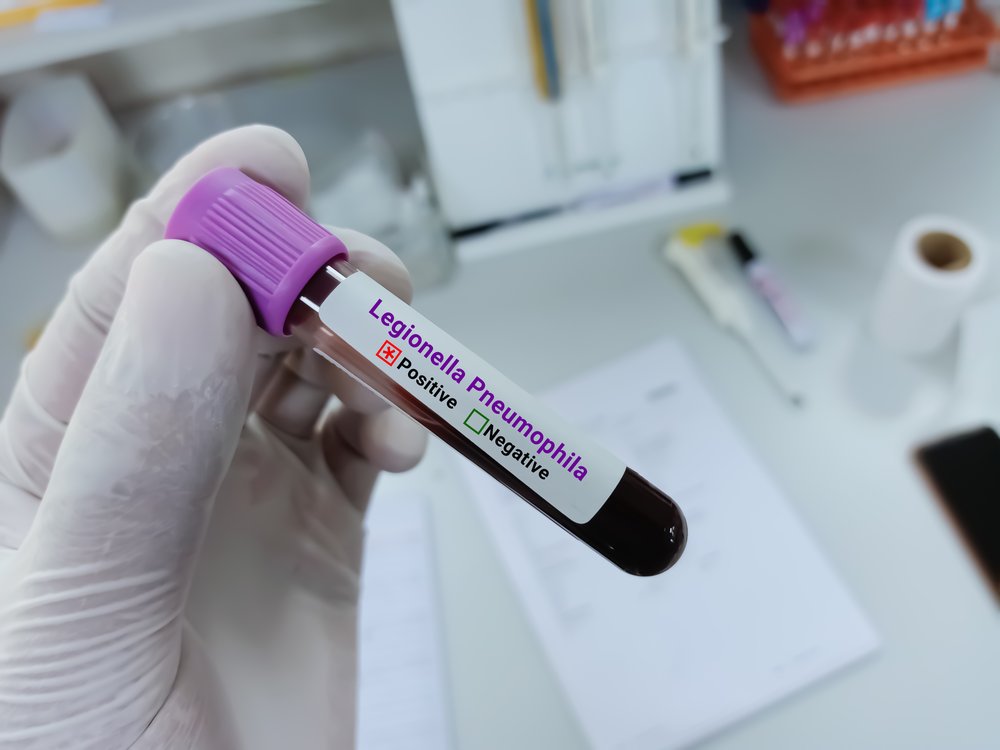Central Harlem Legionnaires’ outbreak slows as city reports 7 new cases
Aug. 11, 2025, 7:02 p.m.
But it's too early to tell if the worst is over, according to the city health department.

New city data suggests the outbreak of Legionnaires’ disease in Central Harlem may be waning, although city health officials say it’s too soon to say definitively whether it has passed its peak.
“We’re trending downwards and happy to see that trend,” said Chantal Gomez, a spokesperson for the city health department, after the latest figures were released Monday afternoon.
Seven new cases of Legionnaires’ have been reported since Friday in the Legionnaires’ outbreak, which has so far sickened 90 people and killed three. There are currently 17 people hospitalized from Legionnaires’, a severe form of pneumonia, down from more than 20 last week, according to city data.
The current outbreak was likely caused by a water-cooling tower in Central Harlem emitting Legionella, a bacterium that can cause Legionnaires' disease when inhaled, according to the city health department.
The city said last week it had identified 11 buildings that tested positive for Legionella in the affected area and those have already been remediated. But a public health lab is still working to confirm which buildings are responsible for getting people sick, Gomez said.
As cases of Legionnaires’ continue to mount in New York City, City Council members are raising questions about the public health messaging around the Harlem outbreak and whether existing city regulations and enforcement mechanisms are adequate.
The City Council has scheduled an oversight hearing on the outbreak for Sept. 8.
Lynn Schulman, who chairs the City Council’s Health Committee, said the oversight hearing will dig into whether the law the city passed to prevent Legionnaires’ after an especially bad outbreak in the Bronx in 2015 is comprehensive enough and whether it’s being adequately enforced. The law requires all water-cooling towers to be registered with the city and mandates regular testing and maintenance to control the growth of Legionella. Building owners who don’t comply could face fines or misdemeanor charges.
“I want to see where there’s gaps,” Schulman said. She added that she wants to make sure newer residential buildings are adequately regulated.
Julia Agos, a spokesperson for the City Council, said the hearing was needed to address “recurring issues of inadequate communication” around public health issues.
Hundreds of cases of Legionnaires’ disease are reported in New York City each year, including some that are not tied to specific outbreaks. Public health experts say New York state and city have strong laws in place to prevent Legionnaires’ — as long as building owners adhere to them.
Gothamist reported last week that city inspections of water cooling towers have dropped off significantly in the years since the law was passed.
The city health department is calling for its own regulatory reforms to improve cooling-tower regulations, including ramping up penalties and enforcement for building owners who don’t comply with testing and reporting requirements around Legionella.
The proposed changes were included in the health department’s regulatory agenda for fiscal year 2026, which was posted online last week. Gomez said the proposals were already in the works before the current Legionnaires' outbreak.
Some other elected officials are also calling for additional interventions and reforms. U.S. Reps. Adriano Espaillat, Jerry Nadler and Ritchie Torres, who represent New York, wrote a letter to the U.S. Centers for Disease Control and Prevention calling for greater federal oversight of the Legionnaires’ response in New York.
“To prevent further outbreaks, the federal government must continue to work with local governments to survey outbreaks and create a comprehensive plan to increase community safety and awareness,” they wrote in the letter.
Some Harlem residents have questioned why the city has not released the addresses of the buildings that have already tested positive for Legionella.
Gomez said Monday it was because the health department didn’t want to give people a “false sense of security” if they don’t live near those buildings.
“Let's say I did tell you one of the towers is 123 Malcolm X Boulevard. People who think they haven’t passed that building will think, ‘Oh, I’m OK,’” Gomez said. “But the water vapor travels."
City health officials have urged anyone experiencing the flu-like symptoms associated with Legionnaires’, such as cough, trouble breathing, muscle aches or fever, to seek medical attention.
Why so many Legionnaires' cases in NY? Environmental and human factors may play a role. Legionnaires' inspections sank to near-record low ahead of NYC outbreak Legionnaires' disease hits Central Harlem. Here's what to know about the outbreak. New Yorkers who get Legionnaires’ disease have legal rights. Here’s what you should know. NYC public health experts concerned over drop in legionella inspections under Mayor Adams Some of the disgusting stuff cleaners find when they check NY water-cooling towers